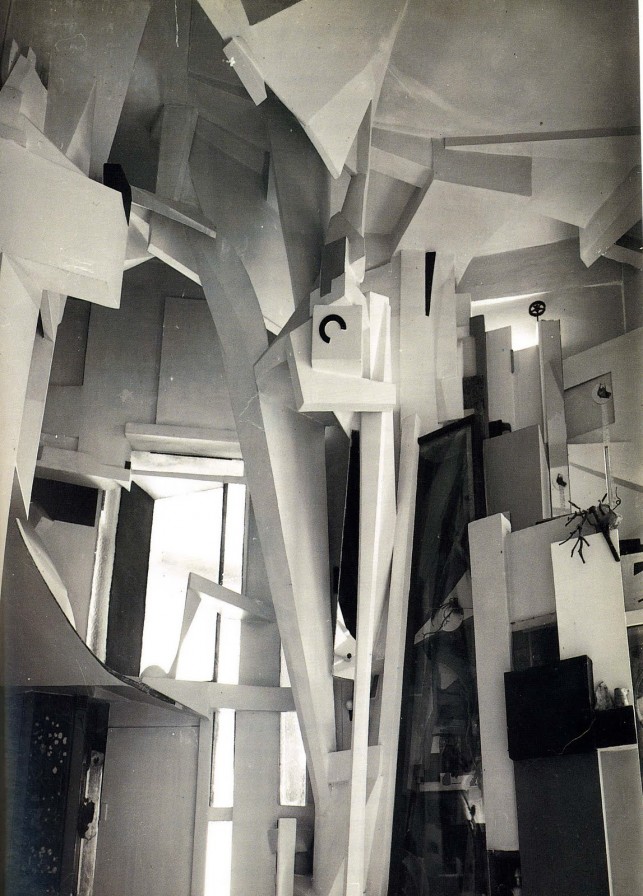German painter, sculptor, typographer and writer.
"Influenced by Expressionism and Cubism 1917-18. In 1918 created his own form of Dada in Hanover called 'Merz', using rubbish materials such as labels, bus tickets and bits of broken wood in his collages and constructions"
http://www.tate.org.uk/art/artists/kurt-schwitters-1912
"Schwitters was a significant figure in European Dadaism who invented the concept of Merz - 'the combination, for artistic purposes of all conceivable materials'. Whether those materials were string, cotton, wool or a pram wheel, Schwitters considered them to be equal with paint. He is best known for his poineering use of found objects and everyday materials in abstract collage, installation, poetry and performance. Schwitters' time in Britain was quite extraordinary and continues to reverberate today, with the influence he has exerted over artists such as Richard Hamilton, Eduardo Paolozzi and Damien Hirst."
http://www.tate.org.uk/whats-on/tate-britain/exhibition/schwitters-britain
Schwitters invented 'Merz', a made up word that became his art "trend" if you like. It was his brand; how he created his artwork.
Merz ran parallel with Surrealism but was focused more on chance, using collage so was very low tech.
 Merz Barn, UK
Merz Barn, UK"In 1946 Schwitters rented a small farm shed on the Cylinders estate in the Lake District as his studio.
By early 1947 Schwitters had decided to begin work on a completely new Merzbau project in England.
With an initial $1000 award from New York1, part of a MoMA fellowship negotiated (in 1946) by Alfred Barr and James Johnson Sweeny, Schwitters was able to commence work on the fourth Merzbau (the Merz Barn) during the summer of 1947.
Harry Pierce repaired the shed roof and windows and Schwitters began making models of the projected interior plan and structure using stones, twigs and branches obtained locally. The four walls of the barn were later whitewashed and Edith Thomas (Schwitters' partner) and Pierce's son Bill helped Schwitters prepare the basic armature and plaster for the end wall art work."
http://www.merzbarn.net/elterwatermerzba.html
Merzbau, Germany
"Schwitters worked on the Hanover Merzbau from around 1923 until 1937, when he fled to Norway to escape the threat of Nazi Germany. Sadly, in 1943, while he was in exile, it was destroyed in an Allied bombing raid. The original Merzbau was gone forever!"
http://www.moma.org/explore/inside_out/2012/07/09/in-search-of-lost-art-kurt-schwitterss-merzbau
Due to the Merzbau (meaning Merz building) being destroyed in 1943, there is limited visual information about it. Three black and white photographs were taken of the main room in 1933, but as with any art studio, the look is changing constantly, so these photos are limited in the fact that they only show the Merzbau at that particular moment.
"Photographs can't quite capture the Merzbau's expanding and shifting nature."


No comments:
Post a Comment